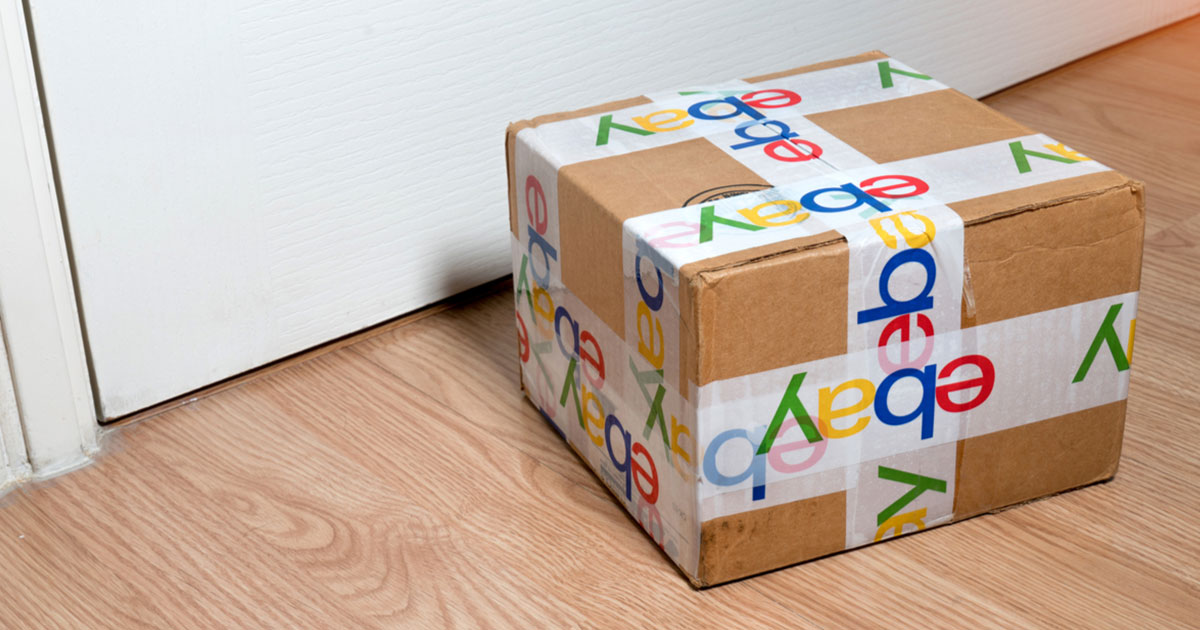Boasting 182 million users worldwide in 2019, launching your brand on eBay can help to drive incremental online revenue. Before launching on the popular marketplace platform, it’s crucial to consider in which markets and product categories opportunities lie, and how selling on eBay fits into your overall channel strategy.
Take advantage of eBay’s global reach
With a total of 23 global sites and users scattered across 190 different markets, there lies a huge opportunity for brands to start selling on eBay internationally. While the platform’s presence varies by country, ensuring your brand is operationally set up to successfully sell in each market is key.
There are a number of tips you can follow to increase your chances of international success when considering selling on eBay. This includes appropriately evaluating your product set to suit each market’s requirements, investing in the right inventory tools to support international growth, and translating and localising your listings across the global sites.
Does your brand fit on eBay?
The top-selling category on the platform is Electronics & Accessories, followed closely by Clothing & Accessories. Further to this Automotive, Health & Beauty and Sports & Outdoors are popular categories in many markets.
According to a report compiled by our team earlier this year, the top-selling categories on eBay differ from those on similar marketplace Amazon. So selling on eBay can drive incremental revenue; especially if your product range aligns with the site’s target audience.
Further widen your customer base with an eBay shop
To maximise a brand’s visibility on the marketplace, we recommend setting up a customisable shopfront on the platform. Setting up an eBay shop allows you to create a central shopping destination for buyers to learn about your brand, and browse your items.
As eBay allows sellers to list both new and second-hand product, an eBay shop is key for brands using the marketplace as a channel to market. An eBay shop allows you to communicate your brand’s authenticity and product provenance to help drive sales.
The customisable shopfront allows more branding opportunities than are possible with other online marketplaces and can convey brand authority to potential buyers.
Selling on eBay: consider your channel strategy
For every brand, each sales channel should have a distinct role, whether that be to add value in a different way to your D2C site or to expose your brand to a new customer segment that might not have considered it before. New channels should avoid cannibalising sales from your existing routes to market.
When considering selling on eBay, it’s vital that your brand’s value proposition is clear. This can help to inform your pricing and ranging strategy for selling on the platform and differentiate your product offering from other channels if necessary.
Changes to buying behaviour as a result of global lockdown measures has shown that of the nearly 70% of UK shoppers regularly shopping online, more than half are doing so via marketplaces. With this in mind, it is important that brands reassess their ecommerce strategy to include marketplaces such as eBay to their current channel strategy.
For help setting up your brand on eBay, optimising your marketplace strategy or reviewing your online channel strategy, please get in touch here.



